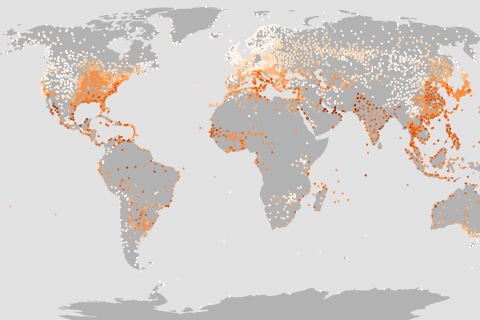
Climate models project dangerous combinations of heat and humidity by the end of the 21st century. New research says these extremes are already happening.

Katherine Allen studies oceans and climate, past and present. Her knowledge of plankton and her scuba diving skills have allowed her to explore fascinating and beautiful locations from New Zealand to Maine.
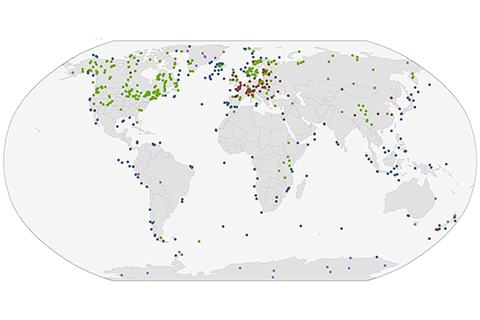
The most comprehensive database ever assembled of paleoclimate proxies that tell scientists about temperatures since the last ice age ended around 12,000 years ago has been released to the public.

Global temperatures in March 2020 were the second warmest on record, helping to start spring off just as abnormally warm as winter ended.
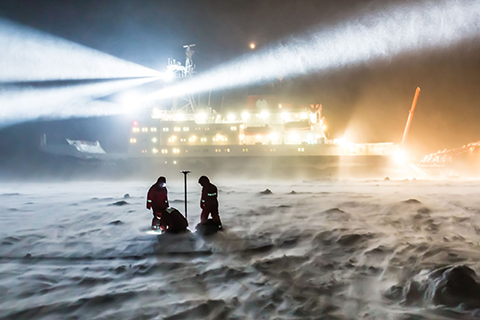
In 2015, NOAA's Climate Program Office (CPO) invited grant proposals from sea ice and climate scientists looking to better understand and predict Arctic sea ice behavior, on timescales ranging from days to decades. This is our second story on some of the resulting research.
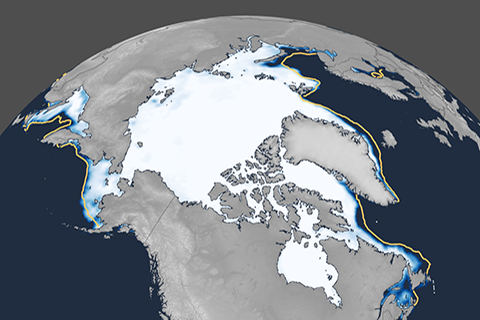
Arctic sea ice extent reached its apparent annual maximum on March 5, 2020. It was the 11th-lowest maximum in the 42-year satellite record. Though nowhere near a record low, it was well below the 1981–2010 average.
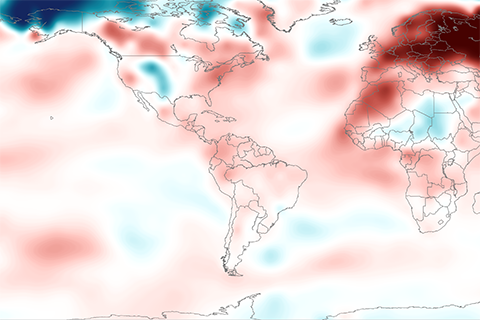
Cool conditions in Alaska and northern Canada related to a strong polar vortex were not enough to outweigh the extreme warmth across Europe and Asia in February 2020. Both the Northern Hemisphere and the globe as a whole had their second-warmest February on record.
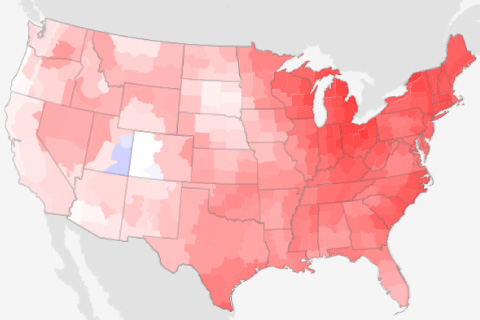
Although exact temperatures varied by latitude and elevation, January 2020 temperatures were above average for nearly every U.S. climate division of the Lower 48 states.

Transcript available! On Wednesday, February 5, climate expert Dr. Gijs de Boer answered questions in a Climate.gov tweet chat about the ATOMIC cloud-science mission in Barbados. Read the transcript.
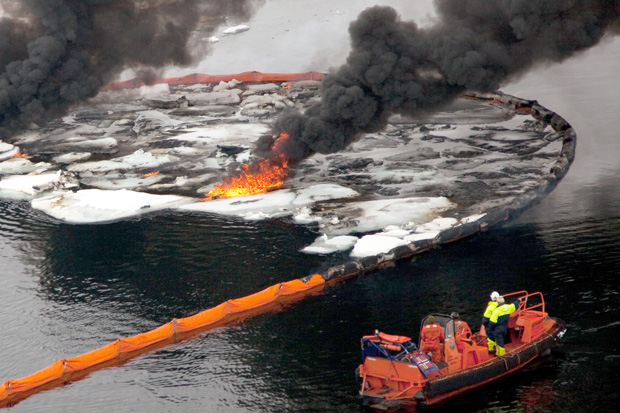
A new crop of studies funded by NOAA's Climate Program Office explores a range of questions about sea ice forecasting, including one of the most basic: how far ahead is it even possible to predict it?